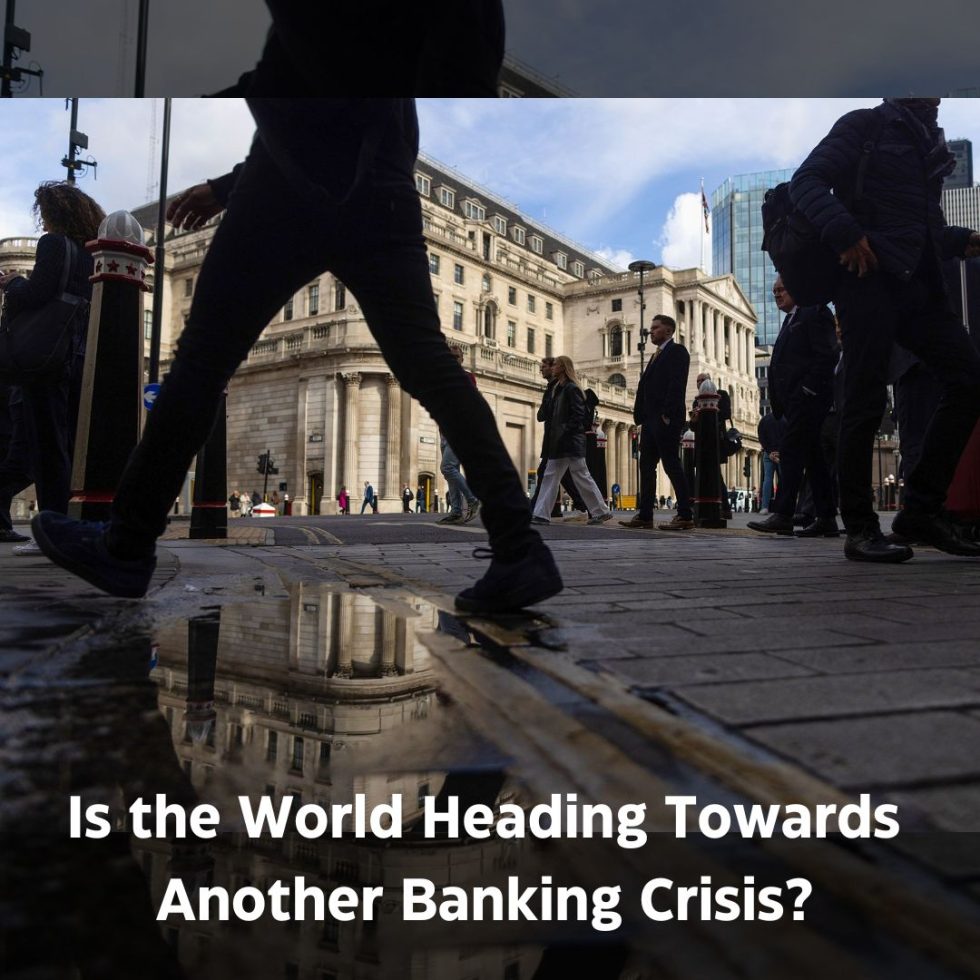
During a financial crisis, asset values decrease, corporations and people are unable to repay their loans, and financial institutions face a liquidity crisis. During a panic or bank run, investors sell assets or remove cash from savings accounts, fearing that the value of their assets would drop if they remain in a financial institution. This is a regular occurrence during financial crises.
The deflation of a financial bubble, a stock market crash, a sovereign default, or a currency crisis are further circumstances that could be classified as a financial crisis. A financial crisis might only affect some banks or it might affect all of the economies around the globe.
In the current scenario, a series of banks, beginning with Silicon Valley Bank, then the Signature Bank, the First Republic, and most recently Credit Suisse, have fallen, causing a domino effect, and markets around the world continue to sink.
The fall of SVB bank?
SVB, founded in 1983, specialises in banking for IT firms. It funded over half of all American venture-backed technology and healthcare startups. SVB was among the top 20 US commercial banks at the end of last year, with $209 billion in total assets, despite being relatively unknown outside of Silicon Valley.
In an effort to limit inflation, the Federal Reserve began raising interest rates a year ago. The Fed’s aggressive activities and rising borrowing costs slowed the momentum of tech shares, which had supported SVB. The value of long-term bonds that SVB and other banks devoured during the period of extremely low, almost zero interest rates also decreased as a result of higher interest rates. The average yield on SVB’s $21 billion bond portfolio was 1.79%, which is lower than the 3.9% yield on the 10-year Treasury note at the moment.
Startups were forced to use SVB financing as venture finance started to dry up at the same time. Hence, at the same time as customer withdrawals were picking up speed, the bank was sitting on a mountain of unrealized losses in bonds.
Starting of Domino effect with the fall of Signature and First Republic Bank?
First Republic Bank shares fell more than 45% to a new record low on Monday, continuing recent declines as the midsized bank has yet to recover following the emergency intervention last week by 11 of the world’s largest lenders.
One alternative being considered is converting some of the $30 billion invested in the First Republic by the consortium of 11 banks into shares, which would diminish the value of the stock owned by other owners.
Despite the rescue plan revealed last week, First Republic’s shares have kept falling as many consumers have kept moving their money to other companies.
Wall Street, however, continues to have little faith in First Republic’s ability to find a solution.
Fall of Credit Suisse?
World’s one of the 30 banks deemed to be of systemic importance to the global economy, Credit Suisse is a financial giant.
According to S&P Global, the Zurich-based bank will have approximately $1.1 trillion in assets in 2021, ranking it as the world’s 45th largest lender. In instance, SVB, the 16th-largest bank in the United States, had roughly $209 billion in assets last year.
Despite the fact that Credit Suisse has been plagued by questions about its financial health for years as a result of a number of scandals, the bank’s sale to UBS last Sunday dealt a blow to Switzerland’s reputation as a haven of financial stability and caused turbulence in the financial markets.
FED raising interest rate and rise of inflation?
The American central bank, the Federal Reserve, will continue to raise interest rates in the future, resulting in an economic crisis in the global market. America is the world’s dominating player, and other economies invest in America, which drives up interest rates, raising the cost of everything, including crude oil. Rising inflation is the primary worry that the globe will address in the next days.
Conclusion
With all the global events going on side by side, there is a huge possibility that the world would fall into the trap of a global financial crisis as it has seen before in 2008.









